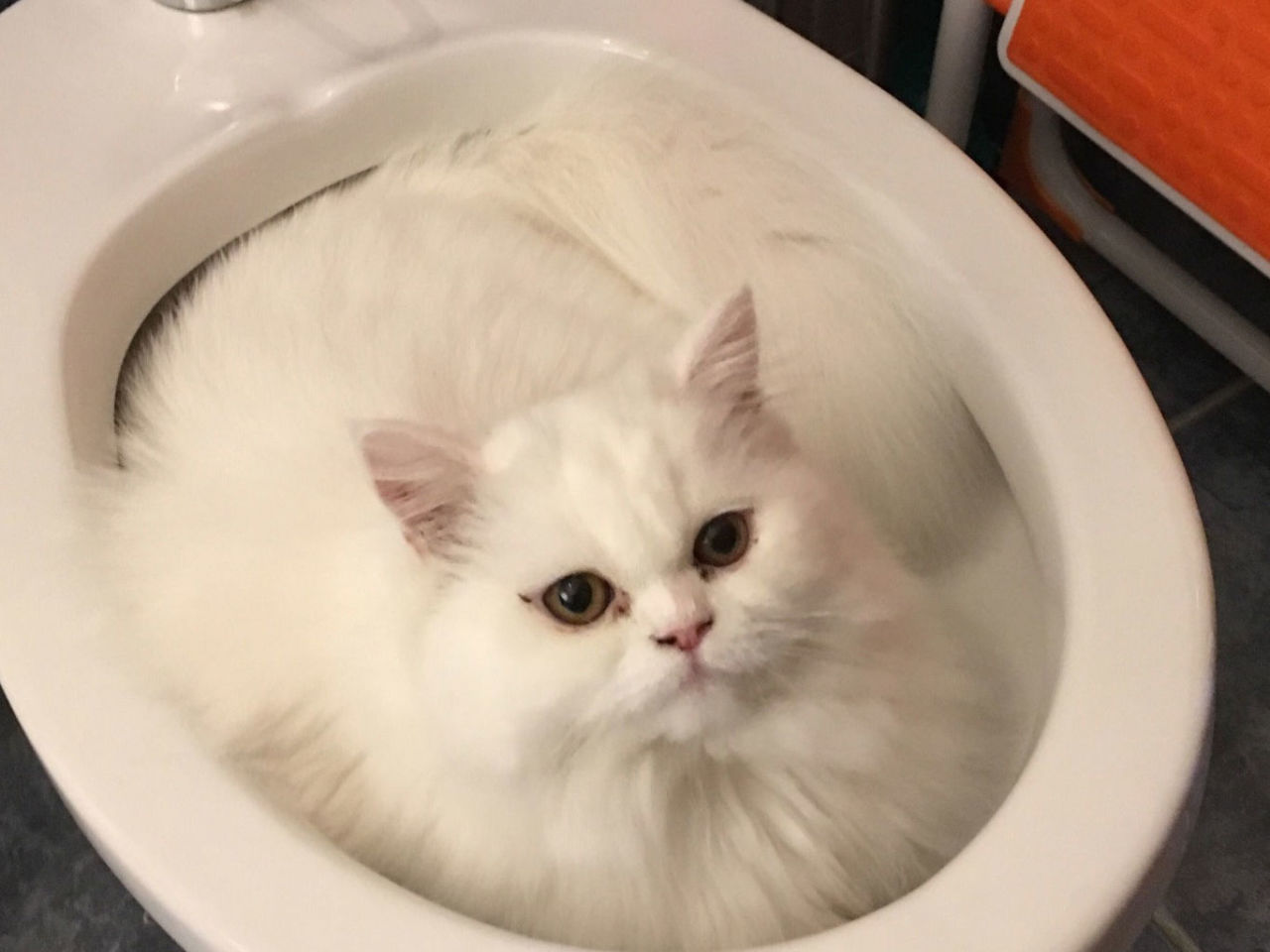The Consequences of Flushing Cat Poop Down Your Toilet - Protect Your Plumbing
The Consequences of Flushing Cat Poop Down Your Toilet - Protect Your Plumbing
Blog Article
Presented here in the next paragraph you might get additional brilliant data relating to Don’t flush cat feces down the toilet.

Introduction
As feline owners, it's essential to be mindful of just how we dispose of our feline pals' waste. While it may appear practical to purge cat poop down the toilet, this technique can have harmful consequences for both the setting and human health and wellness.
Environmental Impact
Flushing pet cat poop presents unsafe microorganisms and parasites right into the supply of water, posing a considerable risk to water communities. These impurities can negatively influence marine life and compromise water top quality.
Health Risks
In addition to ecological concerns, flushing feline waste can additionally pose health and wellness dangers to human beings. Pet cat feces may consist of Toxoplasma gondii, a bloodsucker that can cause toxoplasmosis-- a potentially severe disease, especially for expectant ladies and people with weakened immune systems.
Alternatives to Flushing
Thankfully, there are safer and more responsible means to dispose of pet cat poop. Take into consideration the complying with options:
1. Scoop and Dispose in Trash
One of the most usual technique of throwing away pet cat poop is to scoop it into an eco-friendly bag and throw it in the garbage. Be sure to utilize a committed litter scoop and take care of the waste promptly.
2. Use Biodegradable Litter
Select eco-friendly pet cat clutter made from products such as corn or wheat. These clutters are eco-friendly and can be securely disposed of in the trash.
3. Hide in the Yard
If you have a backyard, take into consideration hiding feline waste in an assigned area away from veggie yards and water sources. Be sure to dig deep adequate to stop contamination of groundwater.
4. Set Up a Pet Waste Disposal System
Invest in a pet garbage disposal system particularly developed for feline waste. These systems make use of enzymes to break down the waste, decreasing odor and ecological influence.
Conclusion
Responsible animal possession expands past providing food and shelter-- it also involves appropriate waste administration. By refraining from flushing feline poop down the bathroom and choosing alternate disposal techniques, we can reduce our environmental footprint and protect human wellness.
Why Can’t I Flush Cat Poop?
It Spreads a Parasite
Cats are frequently infected with a parasite called toxoplasma gondii. The parasite causes an infection called toxoplasmosis. It is usually harmless to cats. The parasite only uses cat poop as a host for its eggs. Otherwise, the cat’s immune system usually keeps the infection at low enough levels to maintain its own health. But it does not stop the develop of eggs. These eggs are tiny and surprisingly tough. They may survive for a year before they begin to grow. But that’s the problem.
Our wastewater system is not designed to deal with toxoplasmosis eggs. Instead, most eggs will flush from your toilet into sewers and wastewater management plants. After the sewage is treated for many other harmful things in it, it is typically released into local rivers, lakes, or oceans. Here, the toxoplasmosis eggs can find new hosts, including starfish, crabs, otters, and many other wildlife. For many, this is a significant risk to their health. Toxoplasmosis can also end up infecting water sources that are important for agriculture, which means our deer, pigs, and sheep can get infected too.
Is There Risk to Humans?
There can be a risk to human life from flushing cat poop down the toilet. If you do so, the parasites from your cat’s poop can end up in shellfish, game animals, or livestock. If this meat is then served raw or undercooked, the people who eat it can get sick.
In fact, according to the CDC, 40 million people in the United States are infected with toxoplasma gondii. They get it from exposure to infected seafood, or from some kind of cat poop contamination, like drinking from a stream that is contaminated or touching anything that has come into contact with cat poop. That includes just cleaning a cat litter box.
Most people who get infected with these parasites will not develop any symptoms. However, for pregnant women or for those with compromised immune systems, the parasite can cause severe health problems.
How to Handle Cat Poop
The best way to handle cat poop is actually to clean the box more often. The eggs that the parasite sheds will not become active until one to five days after the cat poops. That means that if you clean daily, you’re much less likely to come into direct contact with infectious eggs.
That said, always dispose of cat poop in the garbage and not down the toilet. Wash your hands before and after you clean the litter box, and bring the bag of poop right outside to your garbage bins.
https://trenchlesssolutionsusa.com/why-cant-i-flush-cat-poop/

As a reader about Don’t flush cat feces down the toilet, I think sharing that article was a smart idea. Sharing is caring. Helping others is fun. Many thanks for going through it.
Click Report this page